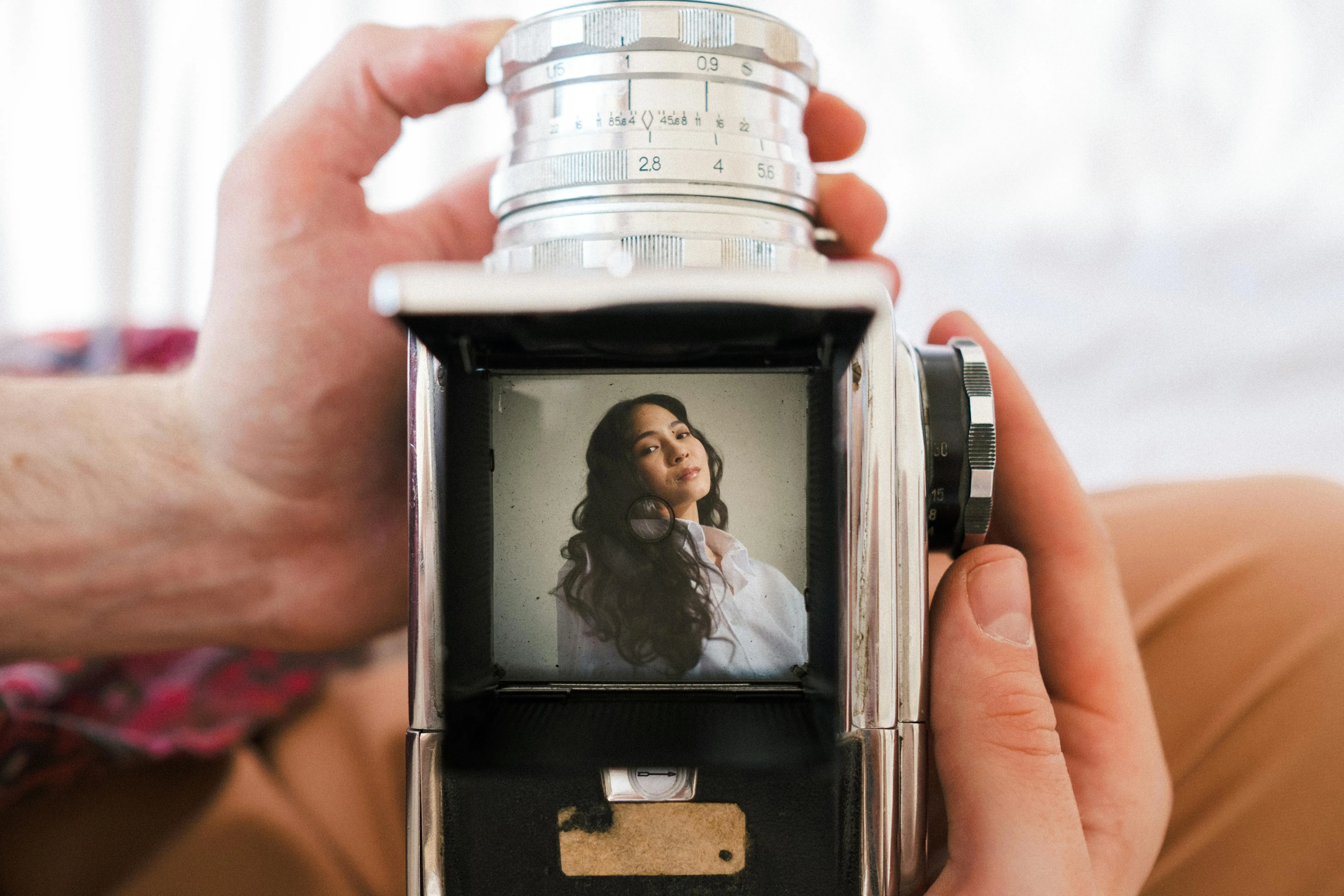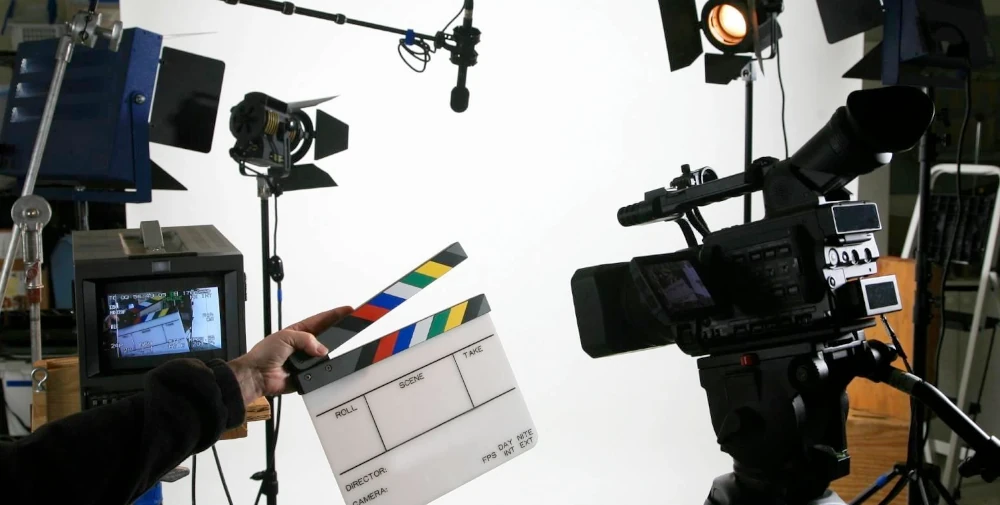
Film Camera Techniques: How Cinematography Forms Storytelling?
When we consider films that have stayed with us, we usually remember great acting, poignant music, or amazing story turns. Still, another vital component discreetly changes our view and directs our emotions: camera methods. The tone, timing, and emotional depth of a scene can all be entirely changed by the way a movie is filmed. The secret language of the director and cinematographer is a visual grammar that, without a single word, converts passion, meaning, and rhythm to the viewer.
This blog will go over the most significant camera techniques in movies, their applications, and their reasons behind importance.
1. Scene Angles: Framing Perspective
Camera angles define how the spectator views a subject. To capture the perfect angle, you need the right equipment, and a beginner camera for filmmaking can be a great start for newcomers. Changing the perspective will fundamentally affect our impressions of a figure or event.
Shoots the topic from above to create either small, weak, or susceptible images. Imagine Frodo in The Lord of the Rings often depicted from above to highlight his frailty.
Shoots the subject from below to give them a strong or forceful impression. Low Angle is Applied deftly in The Dark Knight to give Batman an impression of life-size.
Often employed in dialogues to illustrate the point of view of one character, Over-the-Shoulder (OTS) Dutch Angle (Tilted Shot) causes disorientation, stress, or discomfort. Classic in horror and thrillers such as The Third Man.
These viewpoints steer the observer’s emotional alignment with characters and events, therefore transcending mere aesthetic decisions.
2 . Camera Movement: The Language of Emotion
Though movement gives a dynamic element to storytelling, static views can be really strong. Movement’s direction, speed, and smoothness can all help to communicate intimacy, suspense, or intensity. Choosing the right gear is key, such as a Canon camera for filmmaking, which offers smooth motion for immersive tracking shots.
Rotating the camera either horizontally (pan) or vertically (tilt) will expose fresh material or follow a topic.
The camera follows a trail from a subject either towards or away. Used in Jaws, the well-known “dolly zoom” warpers perspective and generates strong psychological stress.
The camera moves a subject across a scene in “tracking shots.” “Goodfella” has a masterclass in immersive tracking in the corridor sequence.
Usually found in documentaries or gritty dramas (“The Bourne Ultimatum”), Handheld Camera adds authenticity and urgency.
Steadicam: Applied rather successfully in The Shining, it enables smooth motion even during movement.
Camera motion lets viewers feel as though they are part of the narrative instead of only spectators.
3. Shot Sizes: Framing Emotion
Controlling intimacy and focus, shot size influences “how much of the subject or surroundings is visible.”
Extreme Wide Shot: Sets the scene. Establishing Shot Consider the vast panoramas in Lawrence of Arabia.
Showing the whole subject and surroundings, a Wide Shot (Long Shot) is Applied in action or choreography.
Often found in dialogue situations, Medium Shot frames from the waist up.
Close-Up: Emphasises a face of a character. Ideal for dramatic events such as the single tear on Schindler’s List.
Extreme Close-Up: Emphasises for dramatic or symbolic effect a particular detail—eyes, hands, objects.
From world-building to emotional emphasis, every size has narrative purposes.
4. Focus Techniques: Guiding Attention
Focus guides the viewer’s attention to where visibly sharp in the picture should be. Even an iPhone for filmmaking can be used for amazing close-ups and detailed shots with the right lens and settings.
Shallow focus blurs the background to isolate the topic. This raises the emotional intensity and emphasizes minute details.
Maintaining equal focus, **deep focus** keeps foreground, midground, and background in harmony. Orson Welles stressed the rich depth of scenes in *Citizen Kane* using this.
Rack Focus: Gradually guides our attention from one subject to another inside the same Shot.
These methods are psychological as opposed to only technical. They guide our attention in any one instant.
5. Composition and Rule of Thirds
Subject placement in the frame affects the balance or chaos of a scene.
See the screen split into a 3×3 grid in Rule of Thirds. The Shot is more dynamic if important components are placed along these lines or their crossings.
Often found in Wes Anderson films, symmetry might imply artificiality, control, or order.Roads, passageways, or shadows direct the eye of the observer toward a subject. Empty space around a subject can highlight simplicity, isolation, or openness.
These decisions subconsciously influence the storytelling tone and character dynamics.
6. Lighting and Colour Temperature
Lighting is integrally linked to the camera’s function in capturing mood even if technically part of cinematography rather than camera technique alone.
High Key Lighting: Minimal shadows, bright, steady lighting. Frequent in musicals and comedies.
Strong contrast and shadows are produced by low-key lighting. Ideal for horror or noir.
It emulates actual light, as seen in films like The Revenge. Warm tones (reds, yellows) produce a cozy or nostalgic impression; cool tones (blues, greens) can indicate detachment or discomfort.
Lighting sets the emotional scene and gives what the camera records: life and complexity.
Why Does It All Matter?
Excellent photography is about feeling not about showing. Every tilt, pan, focus shift, and frame reveals part of the plot. Try observing how the camera moves, where it lingers, and what is omitted the next time you see a movie. You’ll start to see the filmmaker’s invisible hand and perhaps find yourself once again in love with films.
Frequently Asked Questions
1. What sets a dolly from a zoom shot apart?
Physically shifting the camera towards or away from the subject, a dolly shot alters the viewpoint. Using the lens to either enlarge or shrink the image without moving the camera, a zoom photo flattens depth. For a confusing effect, the “dolly zoom” blends both.
2. Why could directors choose handheld cameras?
Handheld cameras produce either realism, urgency, or anarchy. Particularly in action flicks or documentaries, they provide scenes with a more instantaneous and immersive sense.
3. Explain the 180-degree rule in cinematography.
There is a guideline for keeping spatial orientation between characters. Imagine two characters walking in a straight line; once the camera is on one side, it shouldn’t cross to the other side, so the audience could get perplexed about who is where.
4. How do you choose which camera approach to apply?
The story, tone, and emotional aim of the scene will all influence the choice. While a romantic drama can use wide views and slow dolly motions, a tense thriller would employ close-ups and shaky cam.
5. Are fixed plans for camera approaches either spontaneous or prepared ahead?
Usually, they are scheduled with storyboards and shot lists during pre-production. Directors and cinematographers might, however, improvise depending on actor performance, location changes, or illumination.

